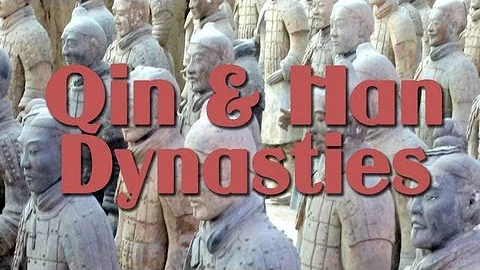After the founding of the Western Han Dynasty, Qin Banliang was still used for a time. However, due to the heavy money in the Qin Dynasty, it was inconvenient, and the private sector was allowed to recast half liang small coins. In order to gain profits, the mints of half liang became smaller and smaller, and they were demoted. It is called " Yupod money " . Its typical characteristics are that it is light, small and thin, and the money is narrow and slender. Its texture is similar to the "Xiaojian" money cast during the period of the Liu Song money system in the Southern Dynasties. .


After Empress Lu came to power, she immediately abolished elm pod and half liang , and recast it as eight baht and half liang . The coin shape is large and thin, with neat wheels and rims. The characters are sparse and clear, and the mouth is shallow and flat, which is slightly more pronounced than Qin banliang. Thin and light.

Eight baht and a half liang
After that, Emperor Wen of the Han Dynasty and Emperor Wu of the Han Dynasty successively minted the smaller four baht and a half liang. , because the country used weight standards to control the circulation coins at that time, the four baht and a half liang were made. It has become the most standardized and easily identifiable type of money.

Four baht and a half liang in the form of
Four baht and a half liang The diameter is similar in size, the thickness is well-proportioned, the coin body is round and even, the perforation is square, and a small amount of it has a shallow and thin outer shell. The phenomenon of the word "ban liang" in the word "ban liang" is more serious than in the past. The character "Liang" in the middle and the two characters "人" are often simplified to a single character "十".

Four baht and a half liang (font changed)
Looking at the various half-liang coins that exist in the world, the four-baht and a half liang minted in the Han Dynasty is the most widely circulated and is still frequently unearthed in various places, followed by Empress Lu's eight-and-a-half baht, Banliang of elm pods from the late Qin and early Han Dynasties, Banliang from the First Emperor and Warring States Qin banliang are the rarest.

Wenjing four baht and a half liang (double liang)

Emperor Wu's four baht and a half liang (cross liang)

Wenjing four baht and a half liang (serial liang)
As far as is known, even the most common Qin banliang or pre-Qin banliang , the transaction price is also more than one hundred yuan, but these two large-scale half-liang coins are particularly easy to be confused with Queen Lu's eight-baht half-liang in appearance and texture, so attention should be paid to the actual identification.

Because there are still many eight and a half taels of Queen Lu's coins in existence, and new discoveries are constantly being made in various places, the highest private transaction price is only about 6 yuan, so it is inevitable to suffer losses due to one-day misjudgment. It is worth mentioning that although the elm pod half-liang is small and thin, its market price has remained at around 50 yuan for many years, which is surprising.

So, in addition to continuing to mint half a coin, what other new developments did the coins of the Han Dynasty have? Follow us for the next update, or click on the column below to learn more about coins. Teacher Li Haitao will learn with you!
(Some pictures and text content come from the Internet. If there is any infringement, please contact us immediately and we will modify or delete it in time)





















